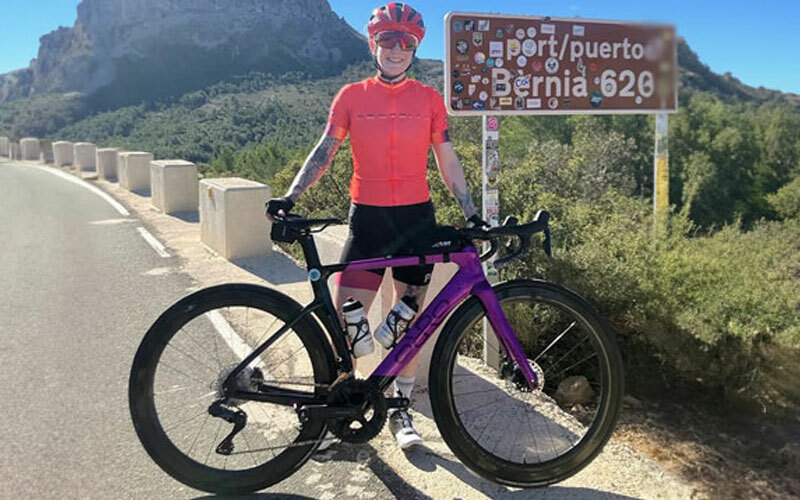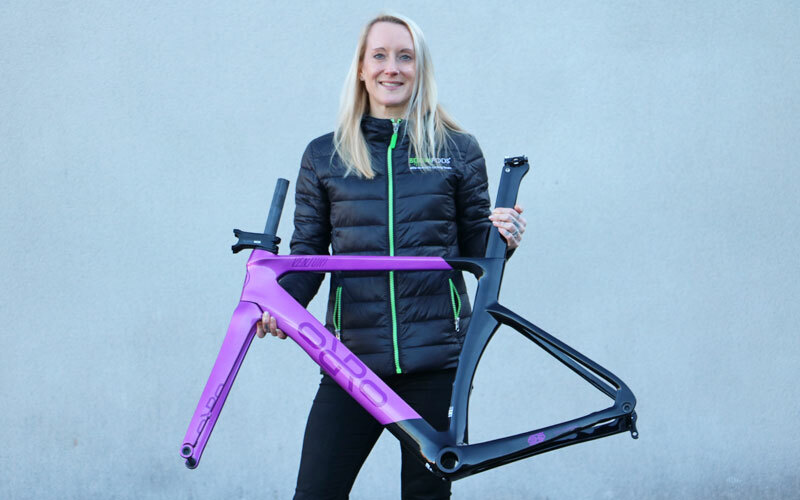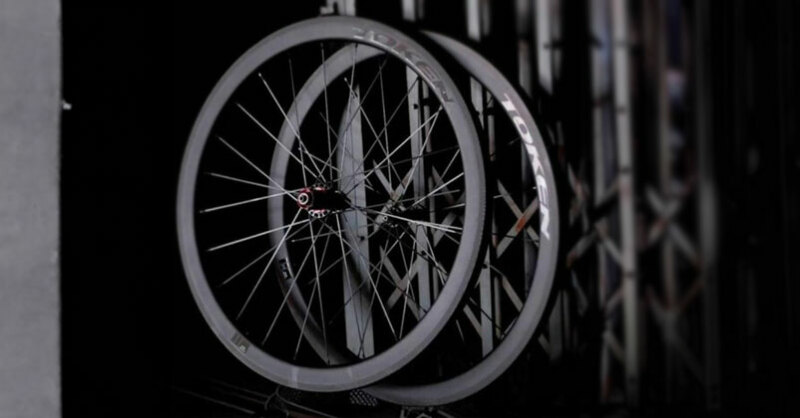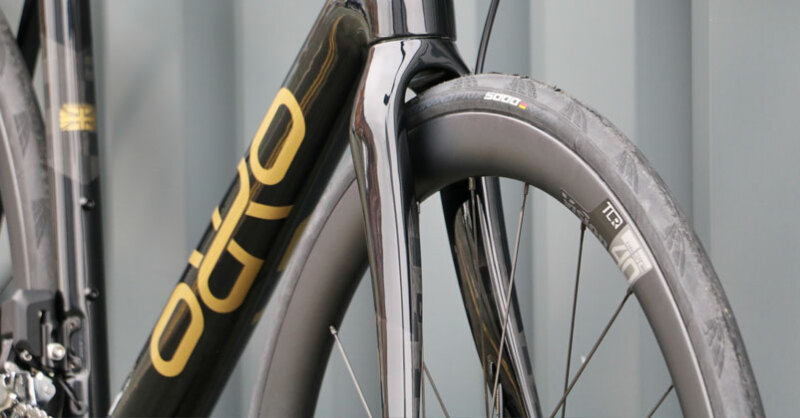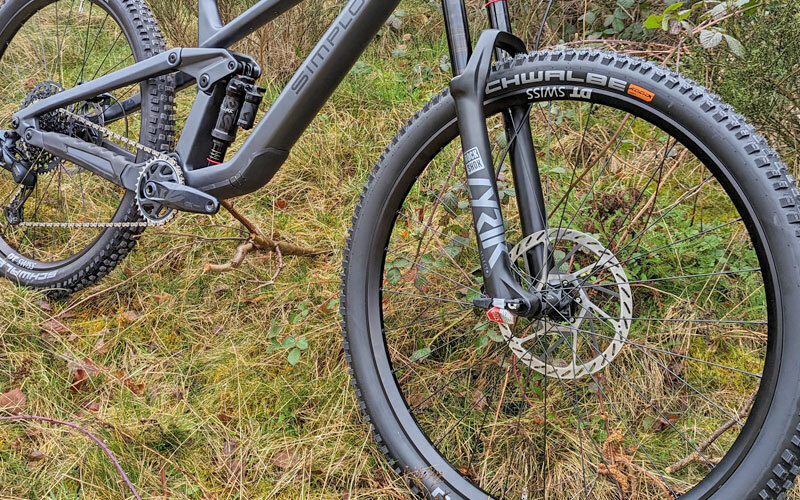Winter Road Clothing Guide
Bike riding in winter is much more enjoyable if you are comfortable and warm. It’s a good idea to try to dress for 20 minutes into your ride. This is when you have got the blood pumping and generating your own body heat – getting the warmth right for your ride – without being too hot or too cold, is tricky and can take a few rides to judge it right. However, it is worth persevering to get your winter clothing game right, leaving you to enjoy the winter outdoors.
.jpg)
Materials
Specialist materials make the most of body heat, retaining it, whilst at the same time insulating it from the cold and allowing sweat to be wicked away. Winter weather clothing can be windproof, thermal or waterproof, depending on what you need for your winter rides.
Winter Clothing Essentials
Base layer
The core of winter cycling kit, a good winter base layer will keep you warm and fairly dry. Even when base layers get damp, they still provide their insulating qualities. Often made from synthetic fibres or merino wool, they wick away sweat and allow you to stay warm and reducing the chance of you catching a winter chill.
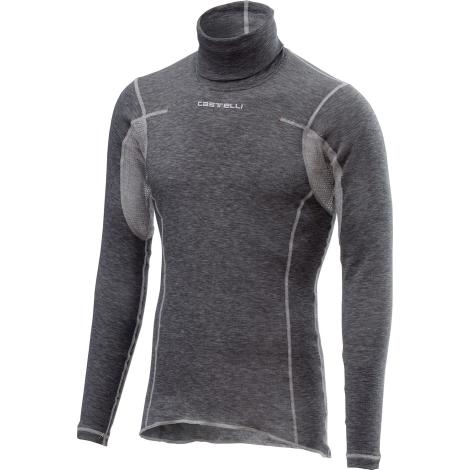
Mid layer
A long sleeve cycling jersey is a great mid-layer for winter. At home between your base layer and your winter jacket, mid-layers can be varied depending on the weather, choose a warmer on when the thermometer plummits. A full length zip, makes for more ventilation options. Pockets in the back are great for carrying ride essentials.
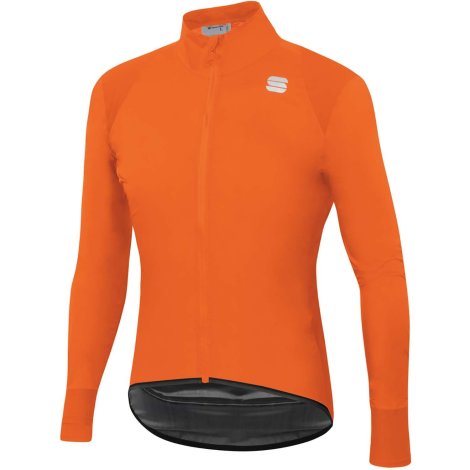
Jacket
The top-layer jacket deals with all that winter can throw at you. If you regularly go out in severe winter conditions, then a good quality winter jacket is essential, working in conjunction with the base layer and mid layer, you can be confident that your upper body should be warm enough. When the weather is not super-cold a thinner jacket or windproof / waterproof (in wind and rain) will combine with the base and mid layer to keep you warm and dry in wet / windy weather.
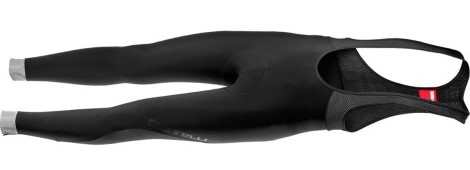
Bib tights
Winter bib-tights can make winter cycling massively more enjoyable. They are made from a range of special fabrics including wind-stopper, fleece-lined, thermal materials. Some can even shed water. These materials do an excellent job of keeping you warm, whilst not restricting your range of motion.
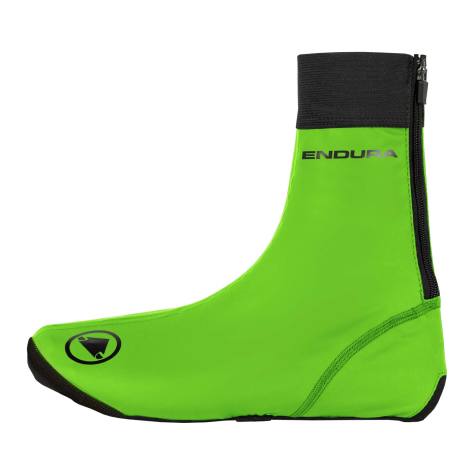
Over-shoes
The best overshoes keep the wet and cold on the outside of your cycling shoes, leaving your feet and toes to stay warm and dry for your winter rides. Regular road cycling shoes are not designed for riding in the cold and wet – those vents and little holes which are great for ventilation in summer, are terrible in winter, they let in water and cold air. This is where over-shoes come in very handy in winter months. As well as keeping you warm and dry, they also keep shoes clean.
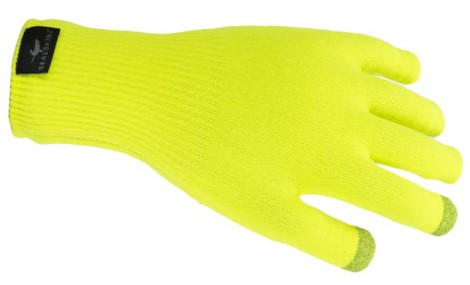
Gloves
One of the winter essentials, a good pair of winter gloves can prevent painful frozen fingers. The best winter gloves offer a mix of warmth, breathability and dexterity on even the coldest of days. Winter cycling gloves have a tricky balance to strike, they need warmth but they also need to be thin enough for pressing Di2 or phone buttons. Gloves are made in a wide range of materials including waterproof and windproof fabrics. A long cuff can provide a smooth, warm transition from wrist to jacket, cuffs usually feature Velcro, zip or stretchy fabric closure – these ensure cold air and rain don’t get inside the glove or jacket sleeve.
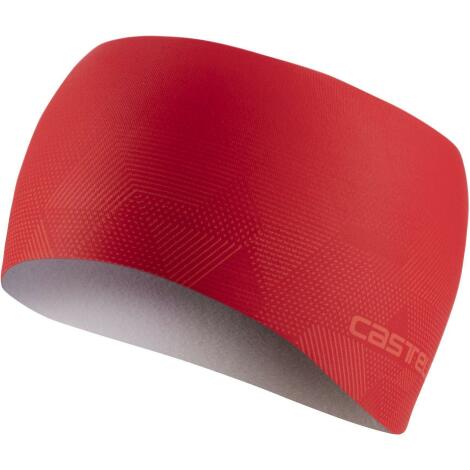
Head-warmer / Skull Cap
In summer, a cotton cycling cap under your helmet can keep your head comfy, in winter extra warmth from a winter specific garment can improve head warmth and comfort greatly. Fabric which wicks away sweat and keeps warmth are ideal for rides in colder weather. Extras Neck warmer While neck warmer / buffs might seem a bit daft. Try one you will be converted. Keeping your neck warm is a great way to retain heat, plugging the gap between your jacket and the winter head warmer.
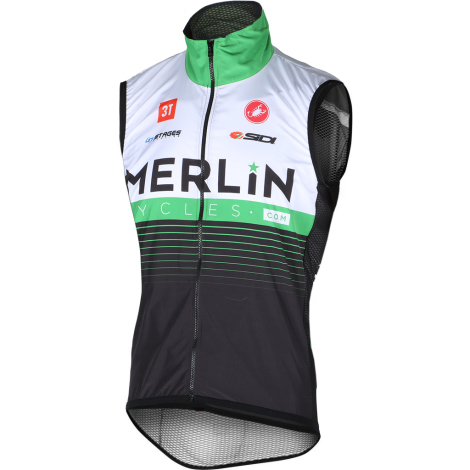
Gilet
Gilet’s provide an extra layer for your core. Choose a waterproof one to keep drier or a wind proof one for when it’s blowing hard. Most gilet’s can roll up tightly and fit in your back pocket if the weather changes or if the TV weather person was wrong.

